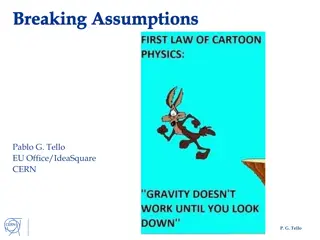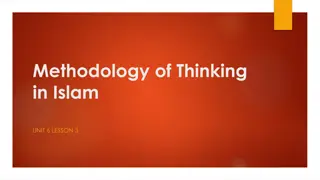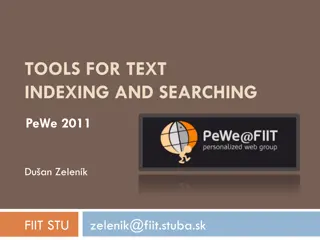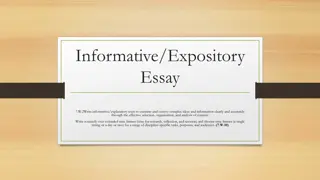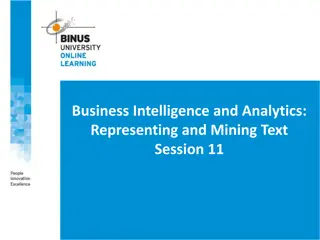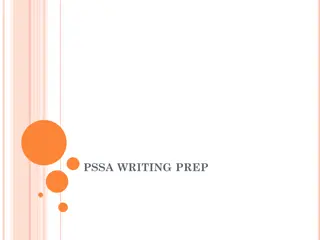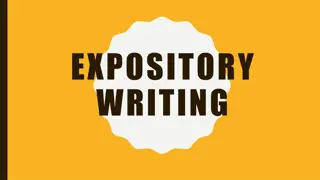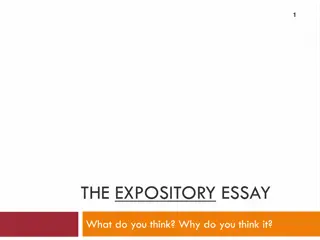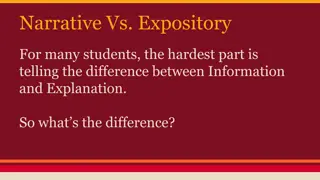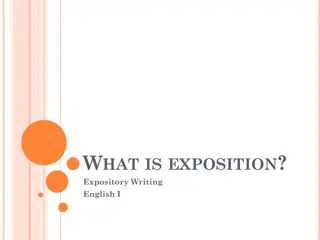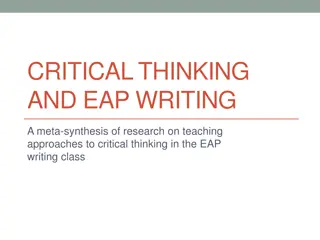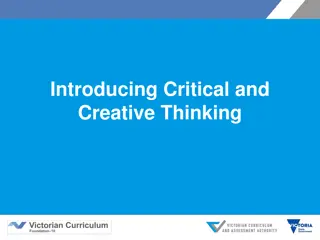Effects of Illustrations on Systematic Thinking in Expository Text Understanding
Understanding how illustrations impact the development of mental models when processing expository text is explored in Mayer's study. The experiment with novice college students shows that text paired with illustrations promotes better recall and transfer of explanatory information compared to text alone. Illustrations help build internal and external connections among ideas, fostering systematic thinking for superior problem-solving.
Download Presentation

Please find below an Image/Link to download the presentation.
The content on the website is provided AS IS for your information and personal use only. It may not be sold, licensed, or shared on other websites without obtaining consent from the author.If you encounter any issues during the download, it is possible that the publisher has removed the file from their server.
You are allowed to download the files provided on this website for personal or commercial use, subject to the condition that they are used lawfully. All files are the property of their respective owners.
The content on the website is provided AS IS for your information and personal use only. It may not be sold, licensed, or shared on other websites without obtaining consent from the author.
E N D
Presentation Transcript
Systematic Thinking Fostered by Illustrations in Scientific Text Mayer (1989) 1
Understanding Expository Text by Building Mental Models Focus on explanativeinformation in text Build internal connections among ideas in text Develop external connections between text ideas and prior knowledge How do illustrations help readers build useful mental models? 2
Learning from Text and Illustrations (T + I) vs. Text Alone (T) Explanative information :T + I should recall more explanative information vs. T alone Building connections : T + I should perform better on transfer (but not verbatim recognition) vs. T alone 4
Instructional Methods (e.g. illustration): Criteria for Research Meaningful material such as explanative text, specifically how systems work Novice status of learner - non-spontaneous engagement Instructional manipulation (illustration) focuses on explanative information and helps reader build connections Evaluation - systematic thinking used for superior problem solving transfer 5 See also: Figure 2, p. 242.
Experiment 1 Subjects: 34 novice female college students Materials Text + labeled illustrations and text alone Experience questionnaire Posttests (recall, transfer, recognition) Procedure 1. Random assignment 2. Experience questionnaire 3. Recall test - 8 minutes 4. Transfer test - 10 minutes divided 5. Verbatim recognition test - 2 minutes 7
Experiment 1 Data Analysis Recall Test Idea Units: 35 explanative (causal) vs. 60 nonexplanative Transfer Test 5 questions; total possible score = 15 Recognition Test 8 pairs of sentences; total possible score = 8 8
Results: Recall (idea units) Figure 3 No illustrations: same rate of recall of explanative and nonexplanative idea units Group x Type interaction: illustration group has more explanative than other recall Significance ???? (p < .06) of explanative recall difference between illustrations and non illustrations group 9
Results: Transfer and Recognition Figure 3 Illustrations group > no illustrations group on transfer scores; p =.01 Illustrations group = no illustrations group on recognition scores 10
Experiment 2 Possible confound in Experiment 1: are effects of illustrations due to labels, graphics, or both? Add two new control groups to Experiment 1 protocol (illustrations = graphics + labels) Text + graphics only Text + labels only 11
Experiment 2 Subjects: 44 novice female college students Materials Text, questionnaire, posttests identical to Experiment 1 Illustrations without labels: pointer lines and words deleted (new group) Labels without illustrations: graphics and pointer lines deleted (new group) Procedural differences from Experiment 1 No text alone group; added two groups (see materials) Recall test: 10 minutes Transfer test: 12.5 minutes 12
Results: Recall (idea units) Figure 4 Group x type interaction: illustration group has more explanative than other recall For explanative recall: illustrations > labels- without-illustrations > illustrations-without- labels 13
Results: Transfer and Recognition Figure 4 Illustrations group > other groups on transfer scores; p = .05 No significant differences among the groups on recognition scores 14
Conclusions a diagram is (sometimes) worth a thousand words. (Larkin & Simon, 1987) Coherent diagrams (labeled graphics) that integrate information in the text affect cognitive processing of reader by focusing attention (recall of explanative over nonexplanative information) and building connections (problem-solving transfer) 15


